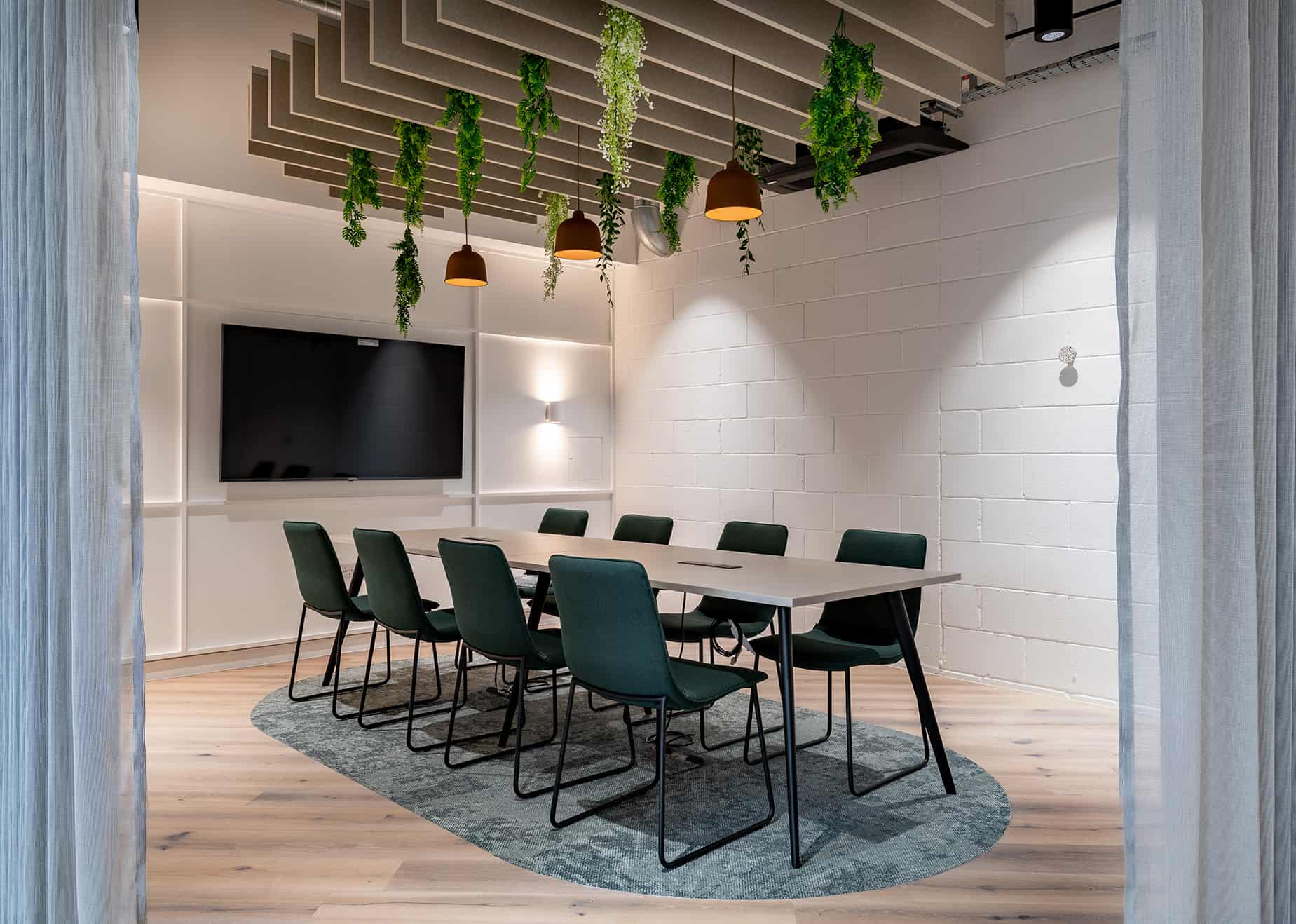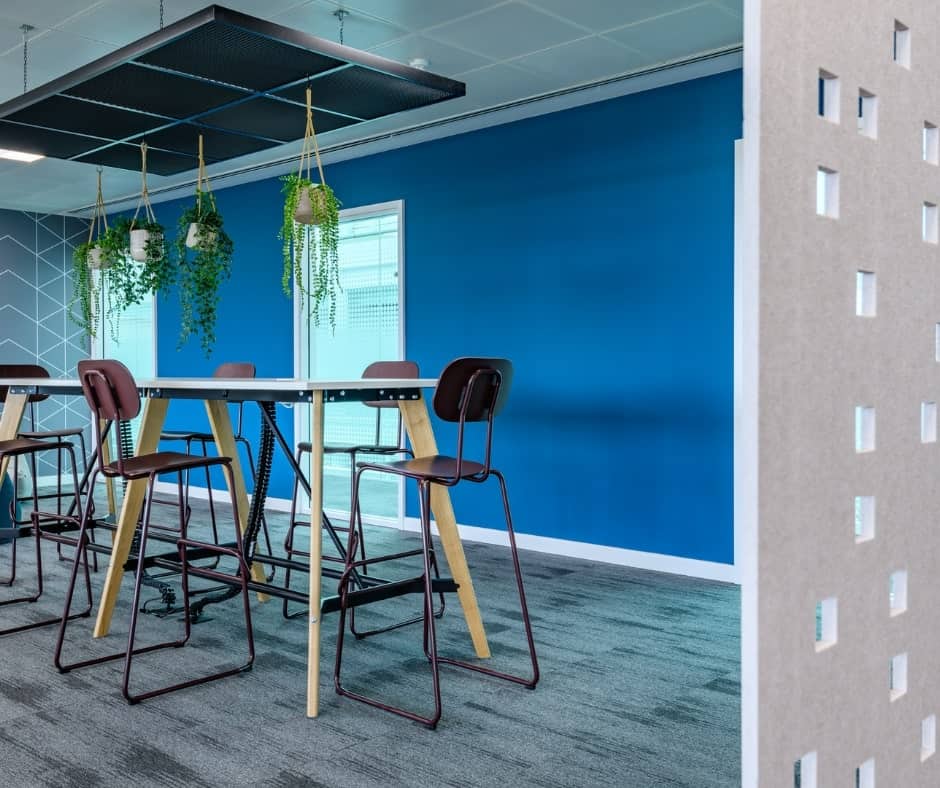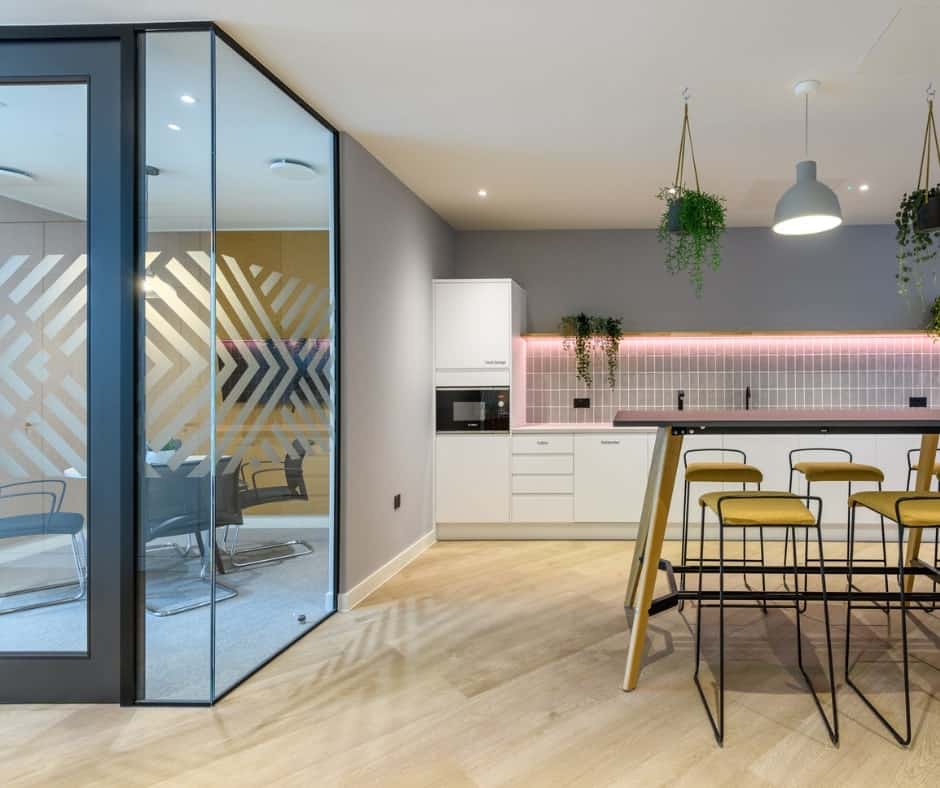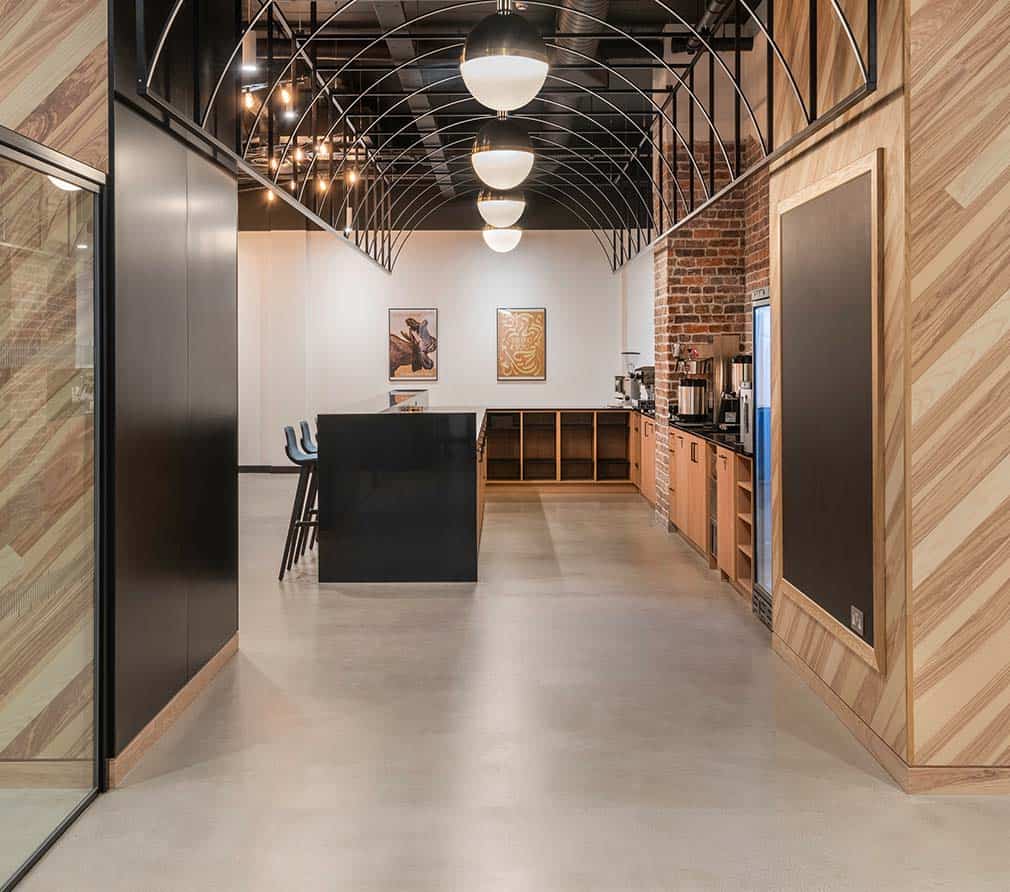The world of work is changing rapidly. And as you may have already discovered, what’s worked for you in the past may not be delivering the same sort of results today. Perhaps you’ve introduced hybrid working, leading to empty desks around the office. Or maybe your collaborative, open spaces are failing to meet the needs of those wanting a quiet area to participate in online meetings with colleagues.
Whatever it is, many businesses are finding that their space doesn’t work for them. And there are two solutions to the problem: move office or refurbish the space.
But which is the better option?
From a ‘fresh beginnings’ perspective, an entirely new office in an entirely new setting may appear to be the more attractive choice and from a disruption point of view, it’s clear that staying put will result in far less upheaval for your employees.
But what about from a financial standpoint? What’s more cost effective?
Let’s take a look:
- Branding & Customisation
When moving into a new premises, you’re essentially building your space from scratch. This can be a benefit, of course; a blank canvas. But from a financial perspective, it means you’ll need to invest heavily in making this space your own.
Your existing office may not have the exact look and feel that you want, but it already encapsulates part of who you are. Designers can cleverly work with what you have, building upon what’s there to better bring the space to life. This still produces an entirely new aesthetic and vibe, while also keeping the costs down.
- Expenses
Expenses for refurbishment are largely limited to any interior works that need to be undertaken. Perhaps it’s new furniture, new lighting, new partitions, or anything else that’s needed to create a space that truly works for your team, and your business.
If moving offices, these costs are likely to still be there; you probably won’t step into a new office that’s completely ‘perfect’. But on top of those costs, you’ll also be facing additional expenses that come with a relocation, such as legal fees, removals fees, and potentially higher leasing costs depending on the premises you choose.
- Revenue
It’s not only important to consider outgoings, but also the money you have coming in. A refurbishment may introduce some level of disruption. Employees may be required to work from different desks, for example. However, business continues.
Moving, on the other hand, will almost always mean a period of downtime, plus added disruption during the settling in period. It’s important to think about capacity, too. Could some employees choose to resign if the new location is too far away, or too difficult to get to? Could this impact productivity, and introduce hiring costs?
Weigh it all up
Moving and refurbishing an office can both require a significant investment from a business. So, it’s not a decision to take lightly. It’s important to consider the cost effectiveness of both options alongside other factors such as time and duration to ensure you’re making the best choice for you.
While refurbishing will often be the less costly option, it may not always be the right option. At SPACE, we’re happy to discuss your needs with you, and help you move forward in the right direction.








